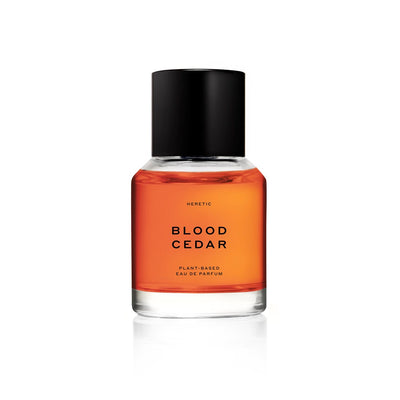Is your sulphate-free shampoo really sulphate-free?
Created by Innersense Organic Beauty
* Source: www.innersensebeauty.com
In recent years, “sulphate-free” has become increasingly common on the label of every new shampoo and conditioner. The term has become associated with being “healthier” and “organic” even when that is not the case.
Sodium laurel sulphate is a harsh surfactant, found in household cleaning products and even in tooth paste. Sodium laurel sulphate is also a suspected carcinogen which is why consumers seek alternatives. However, not all companies making sulphate-free shampoos are truly free of sulphate compounds or derivatives.
THE CHEMISTRY OF SULPHATE-FREE SHAMPOO
Chemistry is a defined science.
When you change one element of a formula or ingredient, you change the composition. This in turn, changes the ingredient. For example, Sodium laurel sulphate becomes sodium laurel sulfonate, simply by changing an O to an X in the ingredient design. Voila! The product is now sulphate-free. Or so they claim…
Marketers love these slight variations that allow them to glamorise a healthier point of difference in their products. This gives the consumer the impression that the product is safer, healthier, and cleaner. We call this “word smithing” or “greenwashing.” In reality, these new surfactants, although gentler, are sulphate compounds.
What most consumers don’t know is that these companies are choosing chemicals that are often stronger and harsher than sulphates. These substitutes include cocamide DEA, cocamide MEA, PEG, propylene glycol, cocamidopropyl betaine or hydroxysultaine.
HOW DO I FIND SULPHATE-FREE PRODUCTS?
In common terms, these new generation of surfactants acts as a cousin to their original counter parts. The good news is that truly sulphate-free hair products are out there! True sulphate-free shampoos derive from gentler, plant-extracts. They use amino acids, seed oils, such as palm or coconut oil, and possess numerous advantages over their chemically manufactured counterparts.
Look for products that contain many of the following ingredients:
- Gulcosides – Ecocert approved, they come from renewable, plant-derived raw materials. Examples are vegetable oils and starch. Lauryl glucoside, a surfactant made from coconut oil and sugar, is one of the gentlest cleaners on the market. Because it is naturally derived, lauryl glucosides facilitate effective cleansing with a reduced potential for irritation.
- Taurates and Fatty Acid Isethionates – Derived from the coconut fatty acid. They have an excellent cleansing ability and hair conditioning effect. Also, they are exceptionally mild for the hair, skin and eyes.
- Glutamates – Amino acid based surfactants often find themselves in certified organic products. Hypoallergenic and non-comedogenic, glutamates are also known for being one of the mildest active agents on the market.
- Amino Acid Sulfosuccinates – These have mild and anti-irritant properties. Surfactants are especially suitable for products made for delicate skin and baby shampoos due to their super gentle nature.
STAY AWAY FROM PRODUCTS THAT CLAIM TO BE SULPHATE-FREE BUT CONTAIN THE FOLLOWING INGREDIENTS:
- Cocamide DEA
- Cocamide MEA
- PEG’s, PEG8
- Propylene Glycol
- Cocamidopropyl Betaine
- Hydroxysultain
Want to learn more about Innersense Organic Beauty Hair Care?


